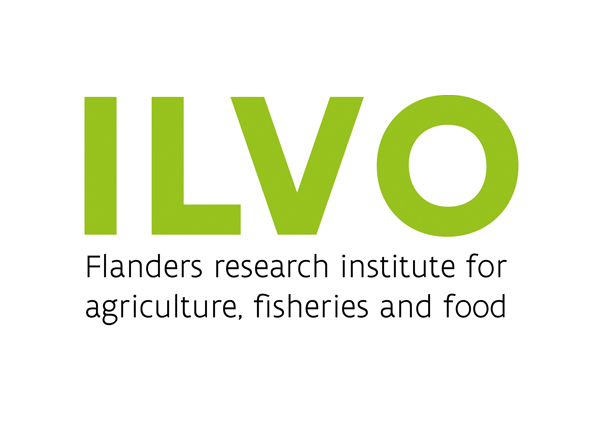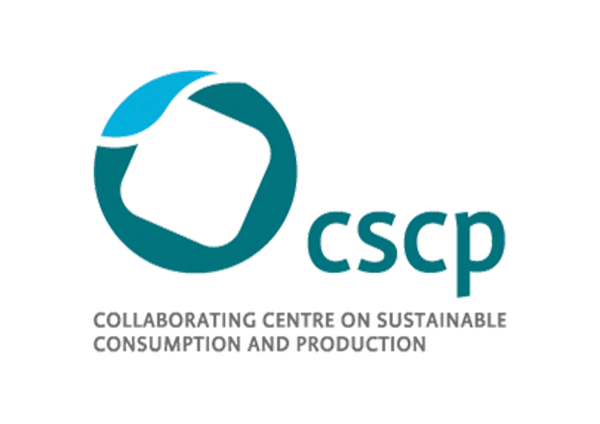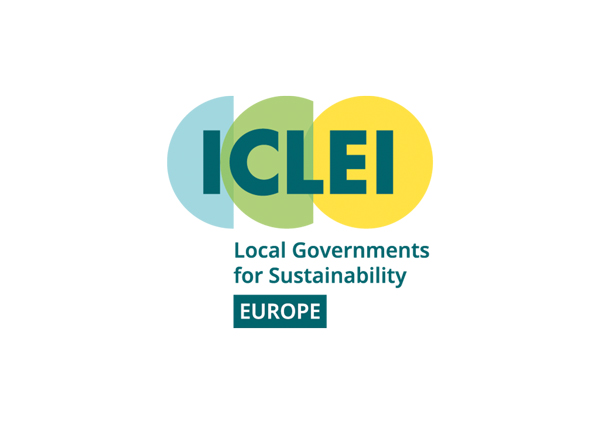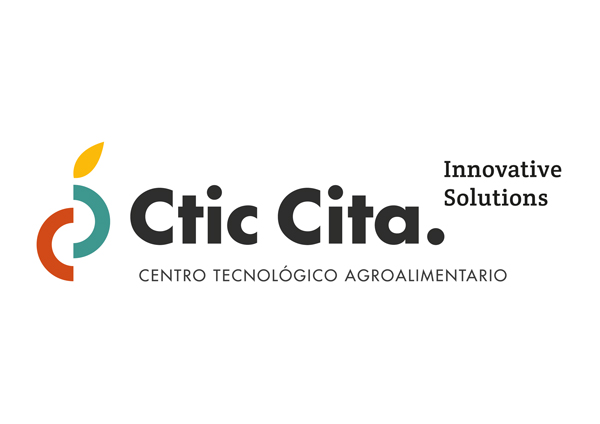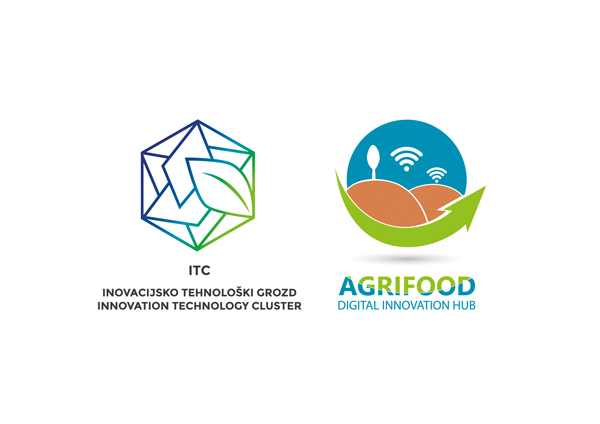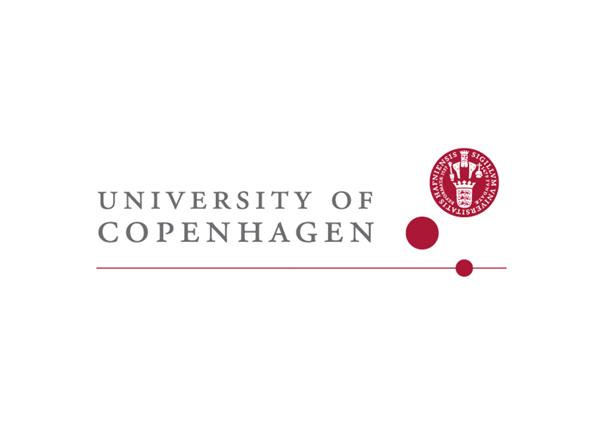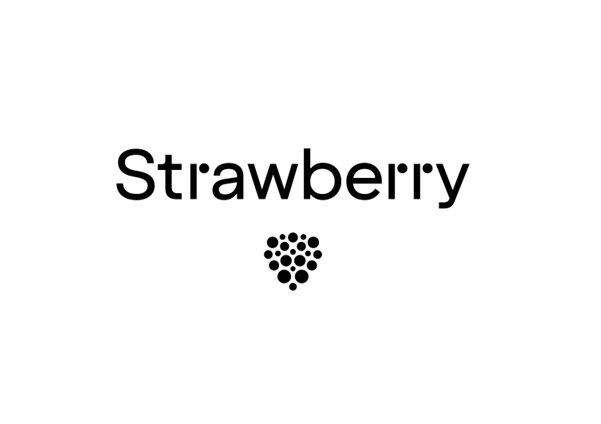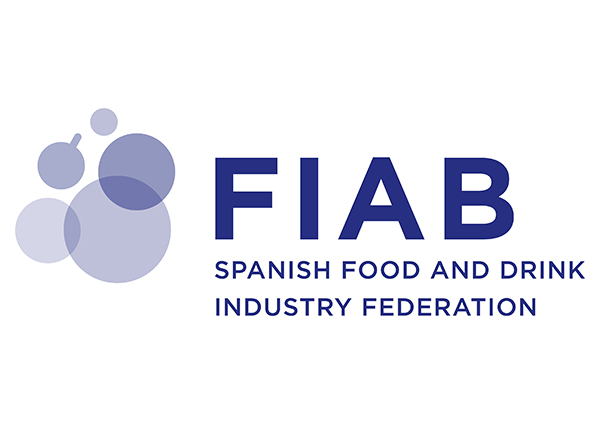Rationale
Children are the consumers of the future and schools play a key role in both the intake of meals, and in nudging behavioural change. It is thus crucial to understand school children’s behavioural drivers to food waste and identify the potential trade-offs between FW and dietary quality, and by extension health, as habits at the young age may be difficult to change in adult life (e.g. low plate waste might occur due to overconsumption and obesity, or increased FW might be due to a high-quality diet including a large share of fruits and vegetables).
As such there is a need to better understand food waste literacy and to develop educational interventions that can increase it. Moreover, as children’s behaviour develops in a social context, we need to understand the relevant interactions with their families, peers and the school learning environment which influence food waste and dietary decisions.
This can help improve the design of effective education packages to address trade-offs among multiple objectives and to foster significant, long lasting behavioural changes by all involved stakeholder across generations.
In particular there is a need to broaden the scope of food waste literacy training and education to not only take place in the school canteen and in home economics classes, but also to be integrated across the curriculum in the Science classes and in the teaching of the SDG’s, in particular 12.3 (FW).
Objectives
1 To understand which are the drivers of plate FW in the school environment and which are the social norms underpinning them.
2 To understand the interrelations & trade-offs between reducing plate FW and obesity & malnutrition.
3 To define the key levers to change social norms & school children’s behaviour towards a balanced low-FW and high-nutrition behaviour.
Partners


